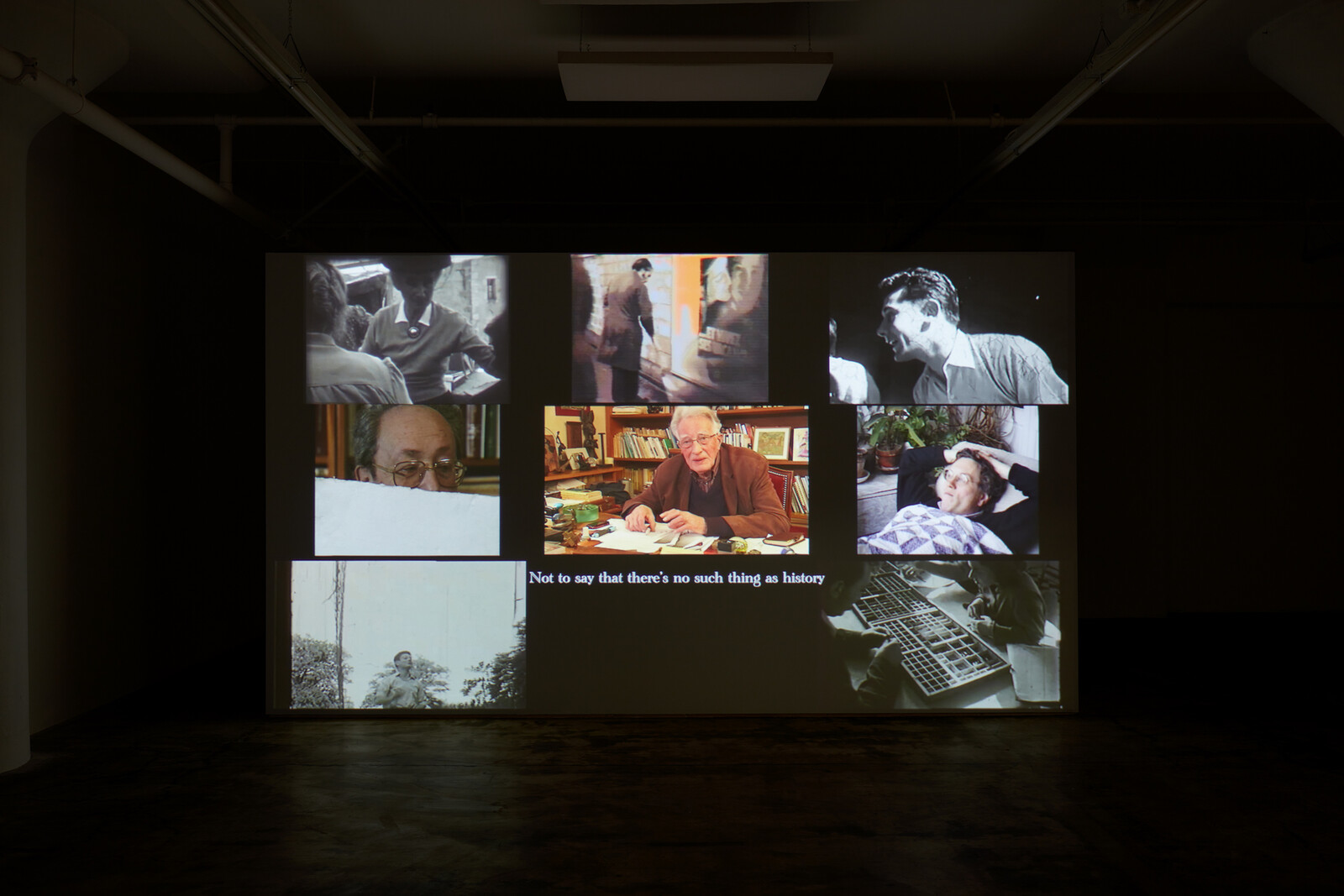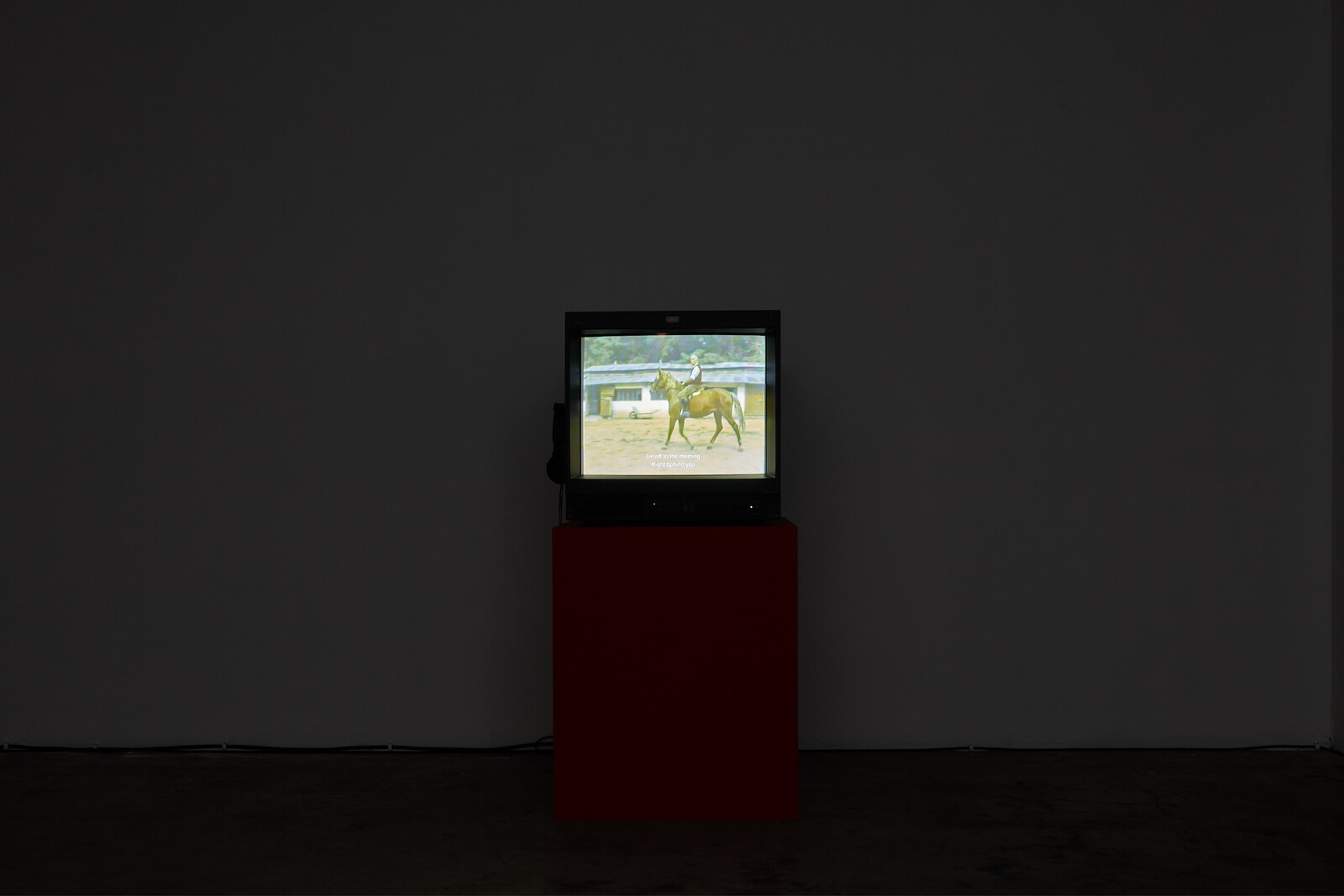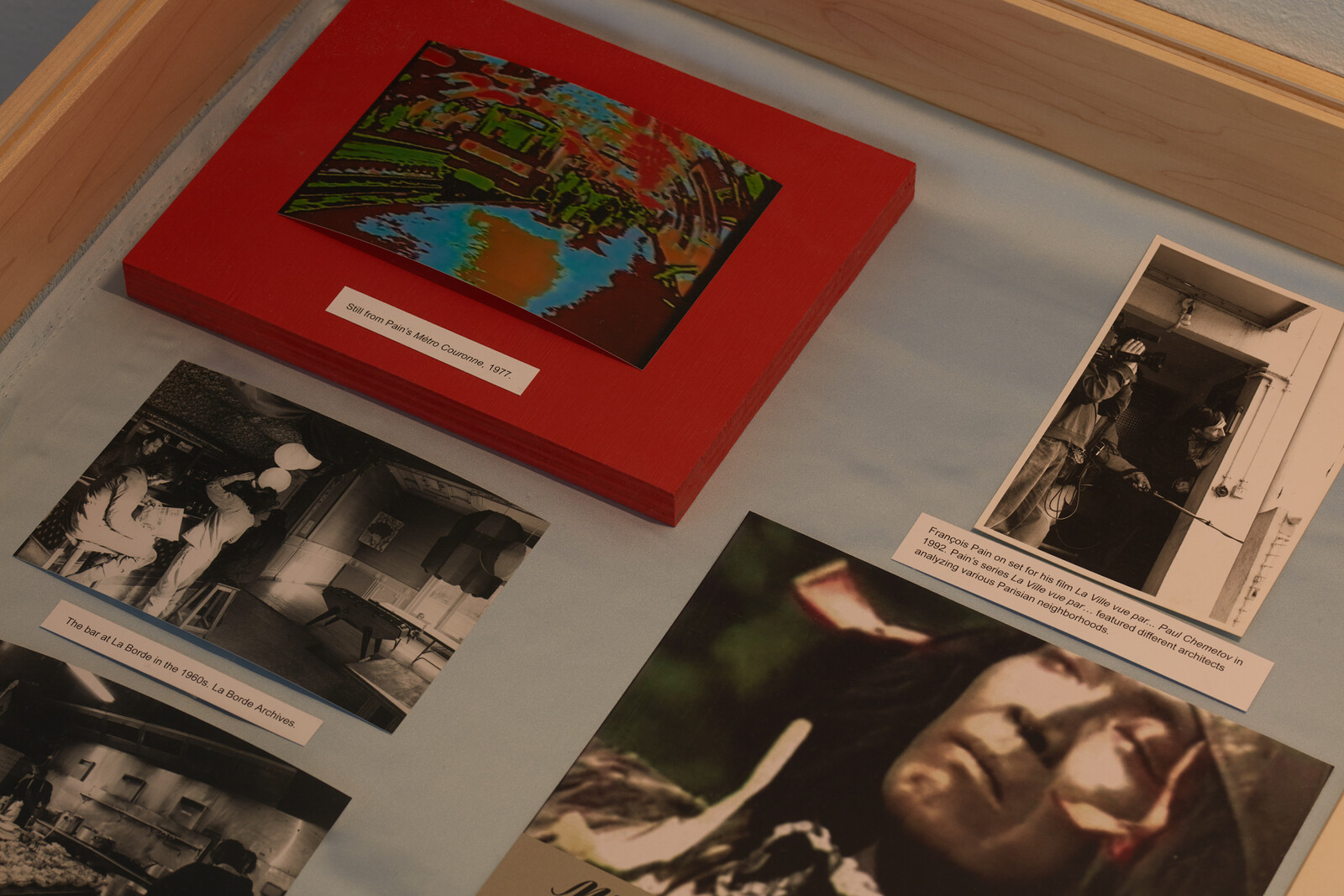In 1966, a young medical student named François Pain won an internship at the experimental Clinique de La Borde, outside the town of Cour-Cheverny in the Loire Valley. The clinic’s directors, Jean Oury and Félix Guattari, France’s leading “anti-psychiatrists,” invited students from around the country to join La Borde’s nurses, doctors, and patients—referred to as pensionnaires, or boarders—in building an informal lieu de vie on the grounds of an old château. There were no white coats, no padded walls, and the ethos was humanistic, horizontal, and self-regulating. Trained medical staff spent their days emptying ashtrays and pulling weeds, while pensionnaires held daily council meetings, organized festivals, and managed the château’s studios and café.
For the six years he stayed at the clinic, Pain’s job was to edit the house newsletter, La Borde Éclair. He also opened a printshop, and later, after a stint working in Paris, returned to set up a video club and atelier—he’d discovered the Sony Portapak, appealing for its “democratic” ease of use, during a visit to Vidéographe in Montreal in 1973. Over the next two decades, Pain made several short films about anti-psychiatry, including collaborations with pensionnaires (the wonderful comic feature The Crystal Wave, 1985), interviews with Oury and Guattari, and an extensive study of Francesc Tosquelles, the Catalan militant and psychotherapist whose flight from Spain led him to Saint-Alban, the famed hospital in Occitania. La Borde, too, was a shelter for dissidents fleeing persecution—Franco “Bifo” Berardi, tied to the Autonomia movement in Italy, arrived in 1977. Pain was in fact jailed, briefly, for his affiliations (Jean-Luc Godard petitioned the court in his behalf), an experience which prompted him to devote his life to filmmaking.
Three of Pain’s works are currently playing at the nonprofit gallery, JOAN in Downtown Los Angeles, and three more screened at a program last month hosted by 2220 Arts + Archives. Additionally, Semiotext(e) just published a new volume on Pain’s films. At the center of the show is a nine-channel video installation, Institutional Psychotherapy as one of the Fine Arts… (2025), which mixes Pain’s existing films with footage of La Borde, as well as seminars, protests, gunfire, atrocity—emaciated victims of the famine which swept French asylums during World War II, and which Oury has cited as the most significant event in the development of anti-psychiatry. The installation converts Pain’s little-known oeuvre into something impressionistic and resonant with our dark, unhappy times. “Shit! C’est encore la Guerre!,” Pain announces, via inter-title. Another statement: “Intifada Everywhere.”
The exhibition’s curator, Perwana Nazif, has emphasized Pain’s political commitments, though the filmmaker’s style also warrants consideration. Unlike other films about the clinic, for example Nicolas Philibert’s moving Every Little Thing (1996), there are no documentary conventions in Pain’s work. He’s not interested in telling a coherent story, or making an argument. At times he makes medium-specific interventions—his experimental short The Green Notebook (1980), written with Guattari, uses image layering and chromakey to suggest a character’s dissociation. But for the most part, Pain’s approach is intensely observational, in keeping with the idea of accueil, or welcome, a radical kind of listening practiced at La Borde. He liked to shoot on a handheld Äaton camera and to focus on stationary or slow-moving subjects, concentrating on their faces even to the point of discomfiting those who appear on screen—Tosquelles, self-conscious about his spoken French, which exaggerated a verbal tic, apparently disliked feeling so exposed.
Pain’s films can enrapture and exhaust. His documentation of Butoh dancer Min Tanaka, who visited La Borde in 1986 and performed on the château’s steps, uses spare, simple “ghosting” effects to direct our gaze at Min’s ecstatic expression—the dance is set to one of Joseph Canteloube’s edenic Chants d’Auvergne. Pain’s interviews with Guattari and Tosquelles, by contrast, are plodding, didactic, hard to watch, though still worth trying (most are on YouTube) because of what they reveal. In Félix’s Couch (1985), Pain shows the philosopher reclining in a solarium, blanket pulled to his chin, answering questions from an interlocutor. The setting is amusing, the central subject—Guattari himself—vain but also forthright, acknowledging differences with colleagues (Pain characterized his fights with Tosquelles as “fireworks”) and voicing regrets: “we were really annoying the sick,” he confesses, ruing the directive to keep oneself busy. “We talked a lot,” he goes on, “and always said the same thing.”
Contrary to various hagiographies of La Borde, Pain’s films elicit the realization that anti-psychiatry was, in part, a means of driving unsuspecting patients toward a politics few of them consciously wanted. Not to say that anyone’s life would be better in isolation. Whatever ambiguities persist around the clinicians’ methods, important lessons can be drawn for those who are, today, desperate, isolated, muddling through the traumas of war and wildfire. The sense of urgency was palpable among the large crowd of Angelenos that gathered to watch the films and to ask Pain, who turns 80 this year, a burning question: How to best to stay sane in the mad and worsening present? His answer was a smart one—anti-fascist struggle is good for your mental health.




